Jean Hagen. TCM Overview
Here is the biography of Jean Hagen by Lorraine LoBianco for TCM:
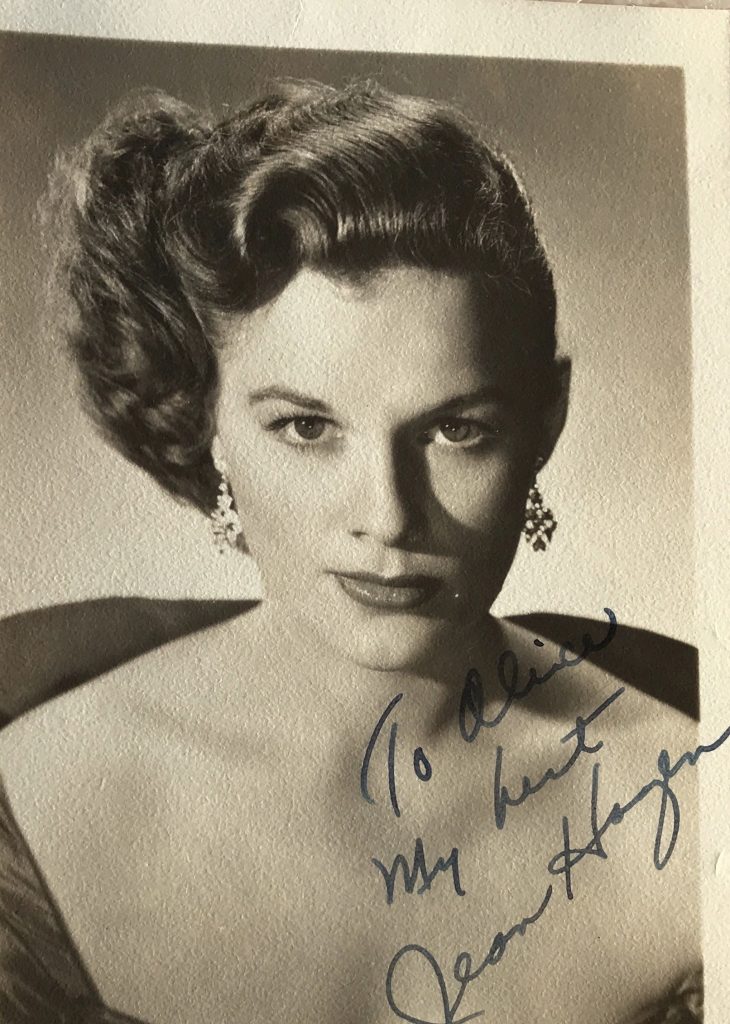
To movie audiences, Jean Hagen will forever be Lina Lamont, the shrill-voiced silent movie star who Debbie Reynolds has to dub in Singin’ in the Rain (1952). It was a tour de force performance that earned Hagen an Academy Award nomination for Best Supporting Actress and cemented her position in, as Lina would say, “the cinema firmamint.”
Jean Shirley Verhagen was born in Chicago, Illinois on August 3, 1923 to Christian Verhagen, a Dutch immigrant and his American wife Marie. Hagen’s family was a large one and according to her sister, LaVerne, “Our childhood was wonderful, nothing but happiness. Our parents were very family-oriented people, very close. And I can’t remember when Jean wasn’t interested in acting. We used to put on plays in our basement in Chicago. We wrote them and acted in them and charged five cents.” The family moved to Elkhart when Jean was 12 and she continued to act. Drama was her major when she attended Northwestern University. While there she supplemented her income by appearing in local radio programs like The Brewster Boy and also worked the freshman dorm’s switchboard.
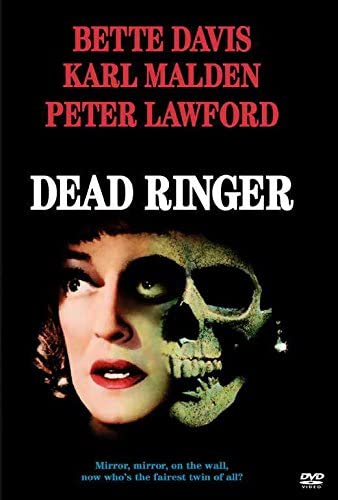
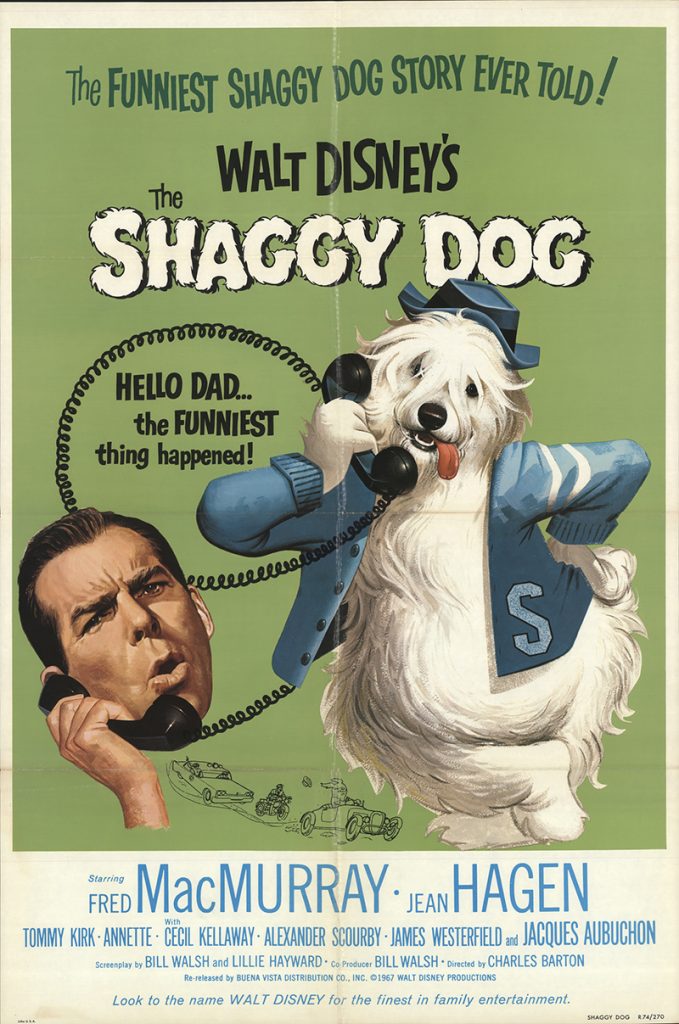

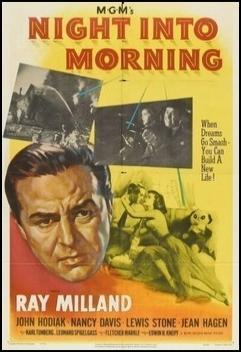
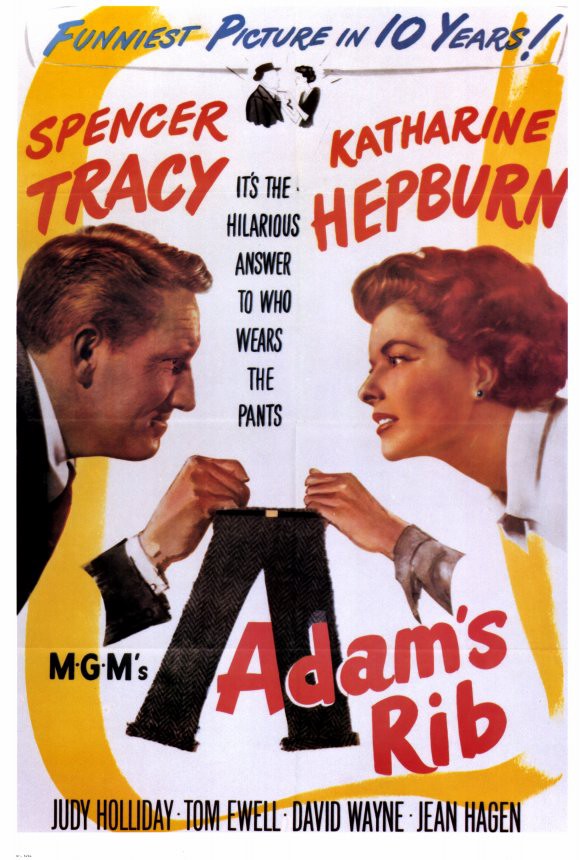
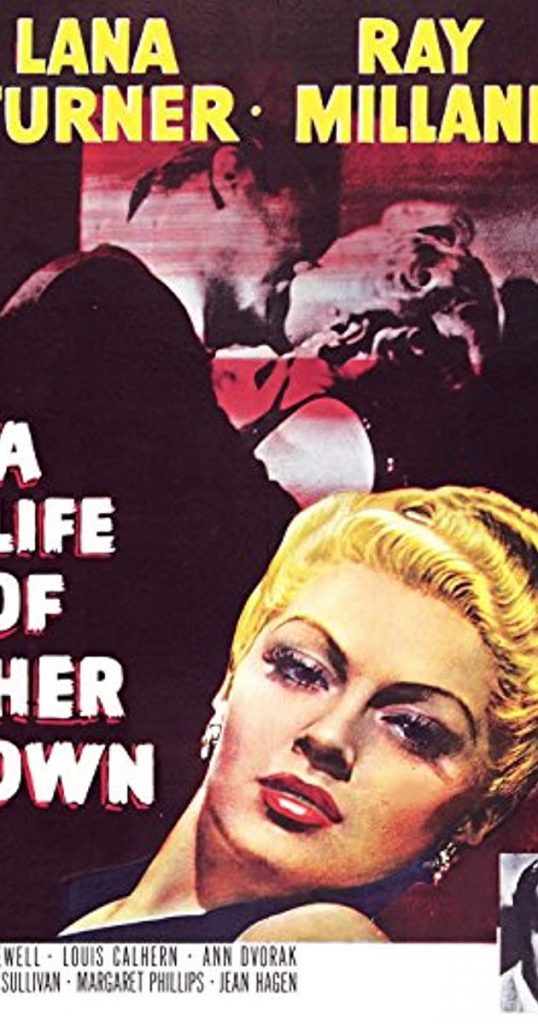
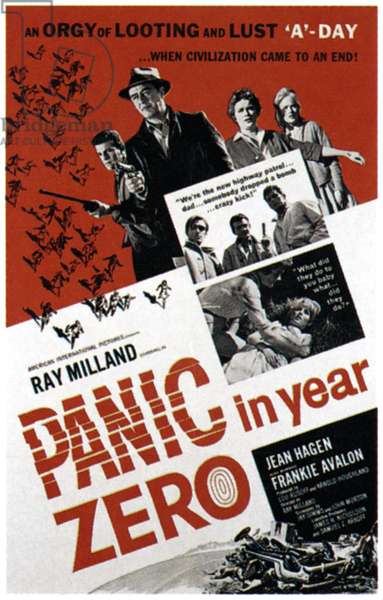
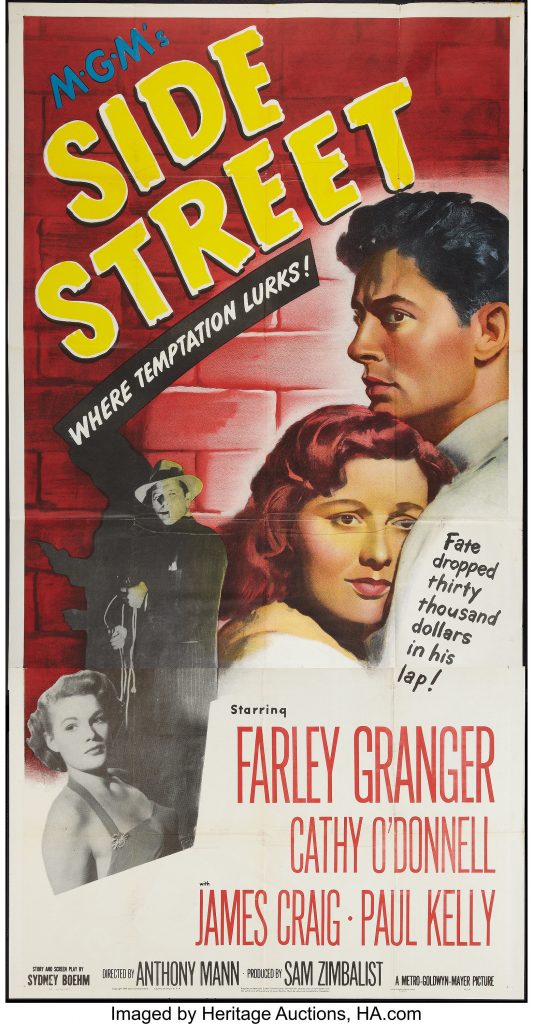
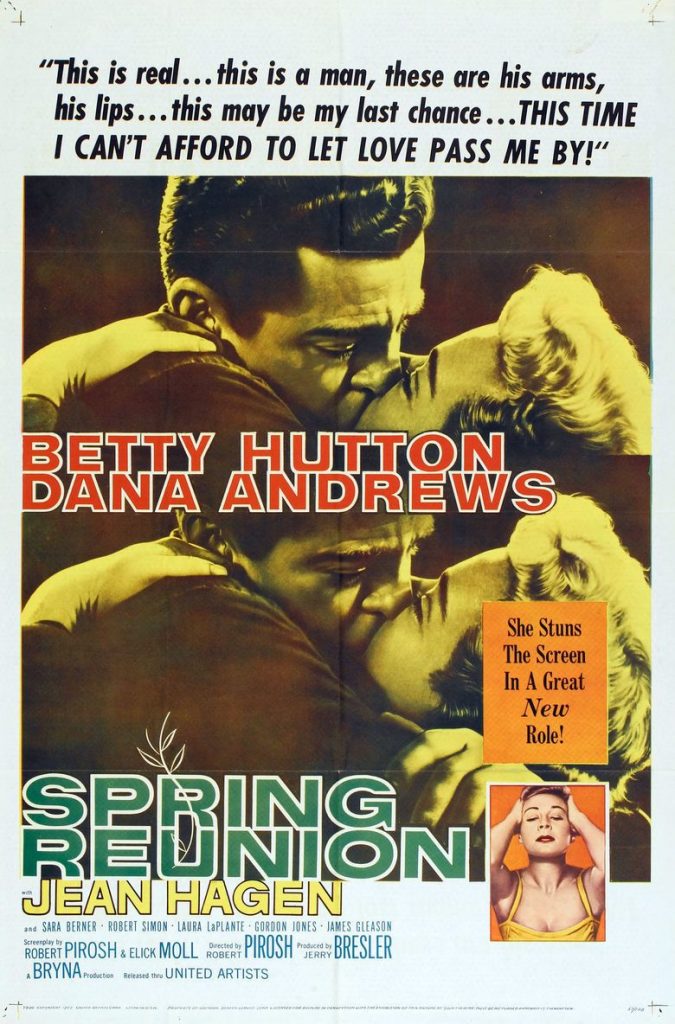
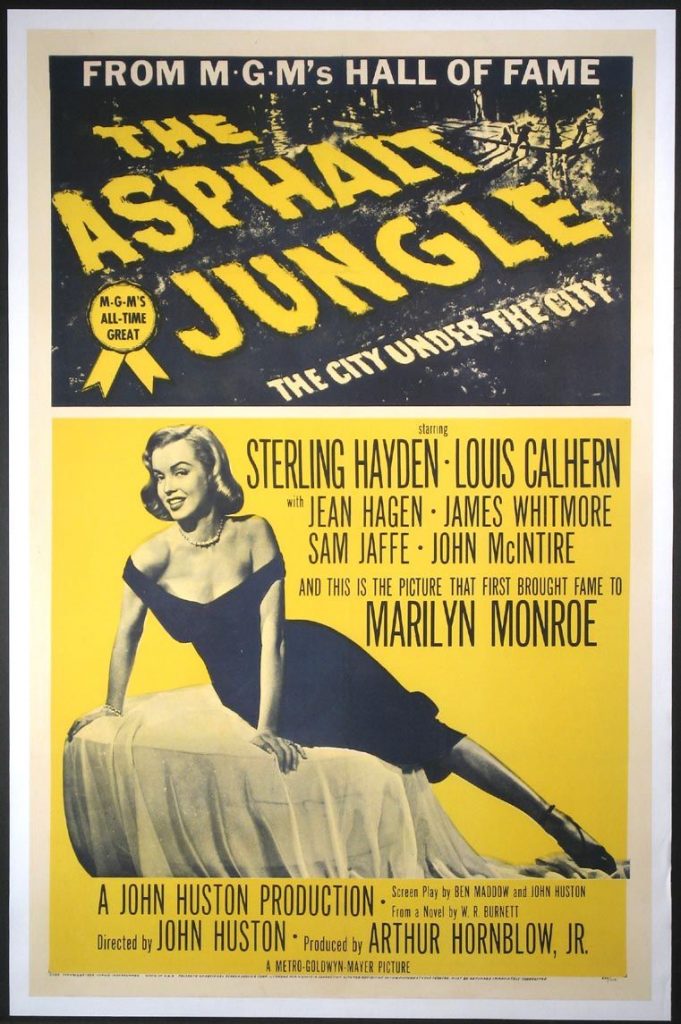
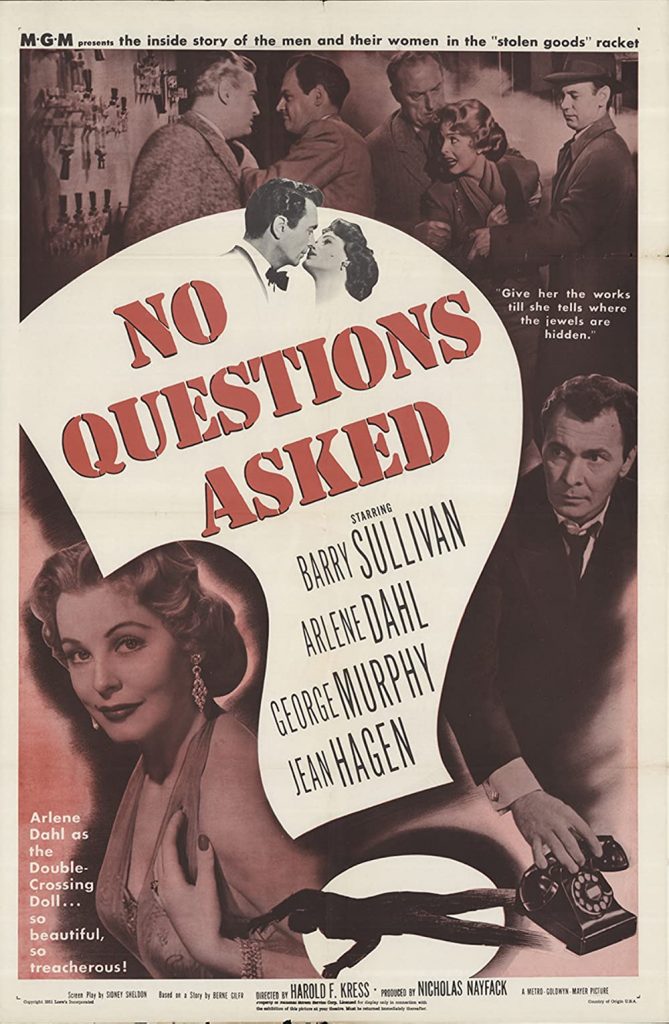
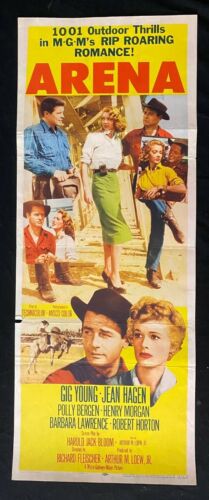
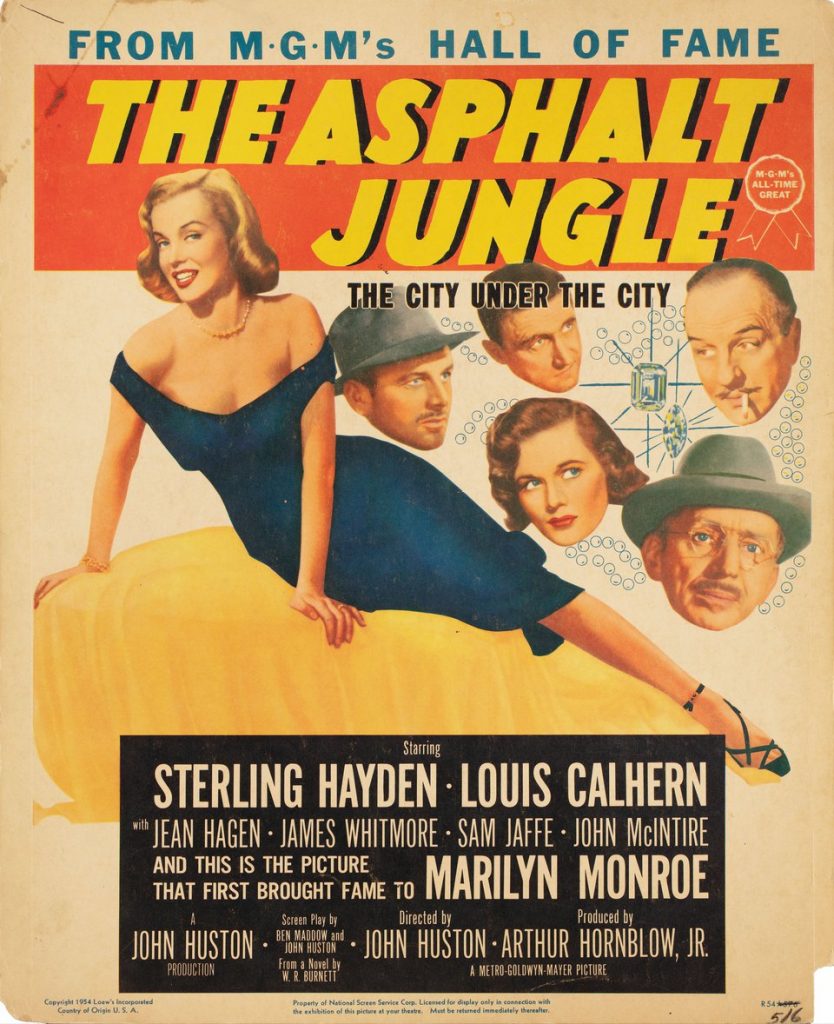
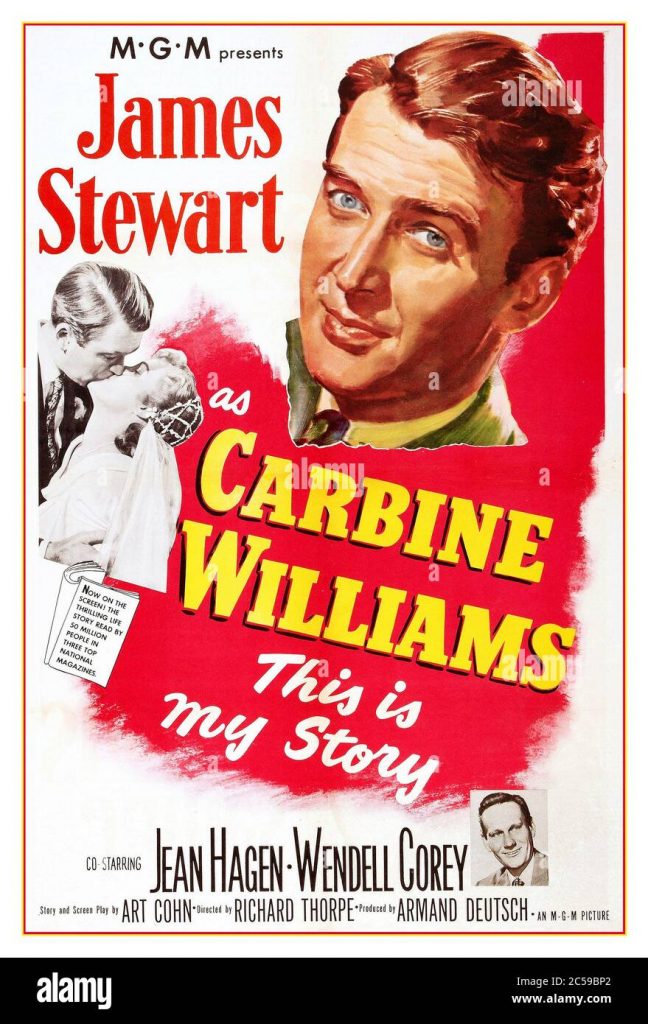
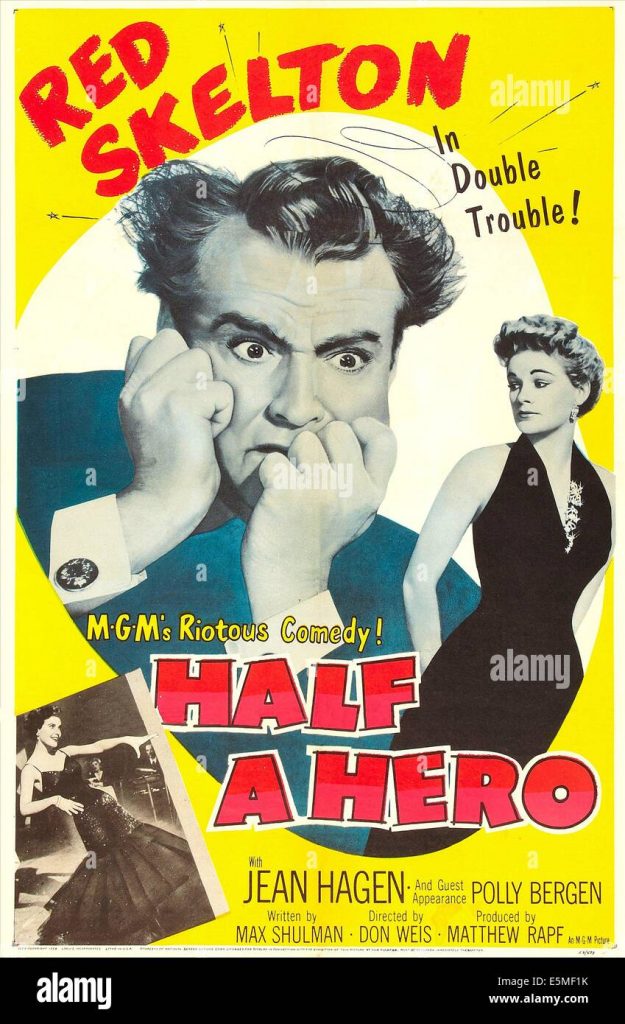
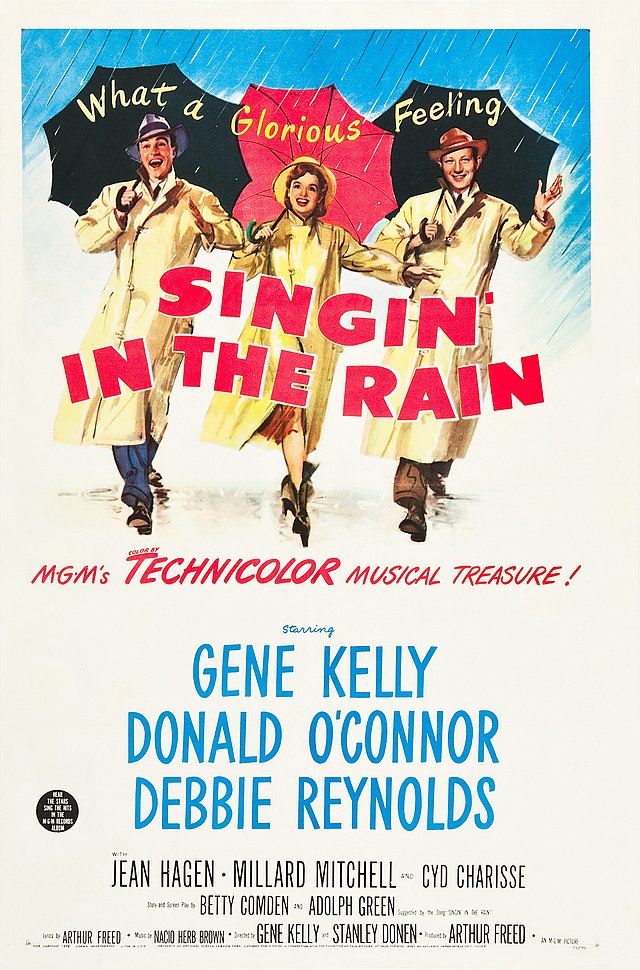
It was at Northwestern that she appeared in Cry Havoc with future star, Patricia Neal, who became her life-long best friend. Another friend, Helen Thomson said, “Jean played the cigarette-smoking, wisecracking, smarty-pants girl. Then she did Sabina in Skin of Our Teeth and she was terrific; she was extremely talented. She was at her best when she was being funny or tough. Jean was the one who brought us back down to earth if we got a bit flighty.” Hagen also appeared in satirical revues along with Paul Lynde.
In 1945, Hagen went to New York where she and Patricia Neal roomed together. Neal remembered that “people used to tell us we looked like sisters.” Grand Central Station, Hollywood Story and Light of the World were radio shows that Hagen appeared on in December 1945. By 1946 she was a cigarette girl in a nightclub, then an usher at the Booth Theater. During the run of the Ben Hecht-Charles MacArthur play Swan Song at the theater, Hagen was overheard by the authors criticizing the show. Hecht and MacArthur introduced themselves and in the ensuing discussion, asked her to try out for a small role as a replacement for a sick cast member. Ironically, she got appendicitis almost immediately, but after recovering, was able to take the part. That was quickly followed by Lillian Hellman’s Another Part of the Forest only two months later, with Patricia Neal in the cast.
Hagen married Tom Seidel, an actor (later an agent), in 1947 while she was appearing in the play Dear Ruth in Connecticut summer stock. She then understudied Judy Holliday in Born Yesterday and was able to play the role for a month during Holliday’s vacation. While appearing in The Traitor she was spotted by Sam Zimbalist and Anthony Mann who were in New York doing pre-production for the MGM film Side Street (1950). They gave her a test the next morning and quickly signed to an MGM contract. The day after signing her contract, she was on the set, where she played an alcoholic nightclub singer. Though the film was shot in 1949, it was held up for release until the next year. The delay did not hurt Hagen, who within a few months was reunited with Judy Holliday in Adam’s Rib (1949) in which she played the home-wrecking Beryl Caighn. The film, starring Spencer Tracy and Katharine Hepburn, was a hit and helped Hagen enormously. John Huston cast Hagen in The Asphalt Jungle (1950) because, he said, “she has a wistful, down-to-earth quality rare on the screen. A born actress.” Hagen was watching screen tests with Huston for Louis Calhern’s mistress and Marilyn Monroe came on the screen. Huston turned to Hagen and asked “Her?” Hagen replied, “Yep.” Unfortunately for Hagen, Monroe got all the attention. “There were only two girl roles, and I obviously wasn’t Marilyn Monroe.”
Later in 1950, Hagen gave birth to her daughter, Christina Patricia (after Patricia Neal), and continued to act in unimportant films such as A Life of Her Own (1950), in which Jean’s real-life husband Tom Seidel played her husband in the film. And then came Singin’ in the Rain. Many actresses tested for the role of Lina Lamont in Singin’ in the Rain, including Nina Foch and Barbara Lawrence, but it was Hagen’s role. In 1975, author Ray Hagen interviewed Hagen and asked how she managed to get the part since it was so different from anything else MGM had allowed her to do up to that point. “L.B. Mayer’s wife, of all people, had the idea from seeing me in No Questions Asked (1951) one of my lesser efforts. How she ever got the idea of me for Lina from that I’ll never know. I discovered later that they’d tested loads of actresses before they decided on me. But I was pleased that during the filming they were working so hard on the dance numbers, and with Debbie, that they left me pretty much on my own.” Lina’s voice has been described as “screechy”, “banshee-like”, and “nails on a chalkboard” and totally unsuited for talking pictures. Lamont’s voice is dubbed in the talking segments by Debbie Reynolds’ character. In real-life it was a different story. Director Stanley Donen said, “We used Jean Hagen dubbing Debbie dubbing Jean. Jean’s voice is quite remarkable and it was supposed to be cultured speech – and Debbie had that terrible western noise.” Lina Lamont’s singing was actually done by Betty Royce (dubbing Reynolds dubbing Hagen). Co-star Donald O’Connor remembered her as “a consummate actress. She was the sweetest gal in the world but she was on the quiet side, not like Lina Lamont at all with that high-pitched voice. No, she was a straight, legit actress. They didn’t get a ditzy blonde to play the part; they got a great actress to play the ditzy blonde. That’s why that part is so dynamic and so wonderful.”
Ironically, Hagen preferred dramatic roles over comedy or hard-boiled because she grew weary of the typecasting. Her final films for MGM were the Lana Turner musical Latin Lovers (1953) (“Every time Mr. Mayer would get mad at me, he’d punish me by putting me in a Lana Turner movie.”) and a Red Skelton film, Half a Hero (1953). When her contract with MGM was over, she went right into television as Danny Thomas’ wife on the ABC series Make Room for Daddy .
Hagen would be nominated for an Emmy for the show and it made her more famous than her MGM films but it was not a role she enjoyed. According to Ray Hagen, Thomas “objected to her preference for sloppy clothes and jeans on rehearsal days, at one point admonishing her to ‘for God’s sake, put on high heels, put on a little lipstick,’ when network exec Robert Kinter was about to visit the set. Kinter had insisted on Jean for the role and ‘considered her the pivotal character in the series,’ which rankled Thomas. He found Jean aloof, though granting that she worked as hard as anyone else. He was a bit daunted by her Broadway and Hollywood résumé, and Jean did indeed feel straitjacketed in her sitcom wife-and-mom role.” After three years, she quit the show, tired of playing a mother on television when she preferred to be one in real life, having had her second child, Aric in 1952. In his autobiography, producer Sheldon Leonard wrote about Hagen “We just couldn’t replace her. The viewers regarded the Danny Williams family very possessively. After all, they had been visiting that family regularly for the past three seasons. It wasn’t acceptable simply to recast the part of the wife and mother of the Williams family and proceed as if nothing had happened. We would recast eventually, but first there had to be a transition period.”
According to Aric Seidel, “her family was her passion. If she was upset about not getting work, I never knew it.” However, Hagen’s daughter Christine admitted that after having worked all her life Hagen had nothing to do. “That’s when she started drinking. She didn’t drink in front of us, ever. She was a closet drinker. I didn’t even know about it until I found a bottle of Scotch in a drawer in my bedroom, and I confronted her about it.”
Hagen made occasional television appearances and played Fred MacMurray’s wife in Disney’s The Shaggy Dog (1959) and Ray Milland’s in Panic in Year Zero! (1962), but she was never able to equal the success of her early years. Actress Mary Mitchel told author Tom Weaver that during filming of Panic in Year Zero!, Hagen spoke of being “depressed over a recent loss. She told me the only reason that she took this film was that she was sooo lost without this person she said she would do anything to get her mind off of it. She had been sort of semi-retired for a long time and then [co-starred in Panic], I think partly as a favor to Ray Milland and partly just because…well, you know how when you’re so distraught, you think, ‘Maybe if I work, it’ll make me feel better?’ Evidently this person who had died was her true love and she was just totally lost. She was also very professional, but obviously not in a happy mood, particularly.” It’s unclear who Hagen was mourning, but very likely it was the end of her marriage. Seidel, in his attempt to stop his wife from drinking, divorced her and gained custody of the children. It didn’t work. Hagen’s alcoholism reached a point where she ended up in a coma at UCLA Medical Center in 1968 with the doctors only giving her a few weeks to live. Her daughter Christine said that when she emerged from the coma, Hagen never drank again. But another health problem replaced it; throat cancer. Patricia Neal wrote in her autobiography that Hagen went to Germany “for laetrile, a supposed cure unavailable in the United States. But she was bubbly and bright and so much the way I remembered her from the old days.”
Hagen ended up living at the Motion Picture Country Hospital in Woodland Hills, California off and on for the next few years, alternating with brief respites from the cancer, when she was able to work on shows like The Streets of San Francisco and Starsky and Hutch. Following a throat operation and very ill, Hagen made her last appearance as a landlady in a TV movie Alexander: The Other Side of Dawn (1977). Jean Hagen died at the Motion Picture Country Hospital on August 29, 1977 at the age of 54. Her friends and her family remember her as funny, warm and loving. Audiences remember her as an actress of great talent whose career was all too brief. As Farley Granger wrote in his autobiography, “Hollywood didn’t really know how to take advantage of this unique comedienne’s talent.”
by Lorraine LoBianco

